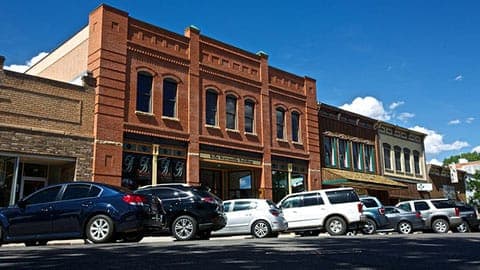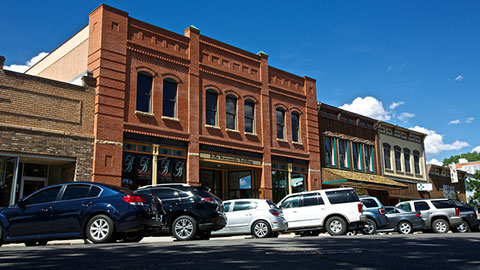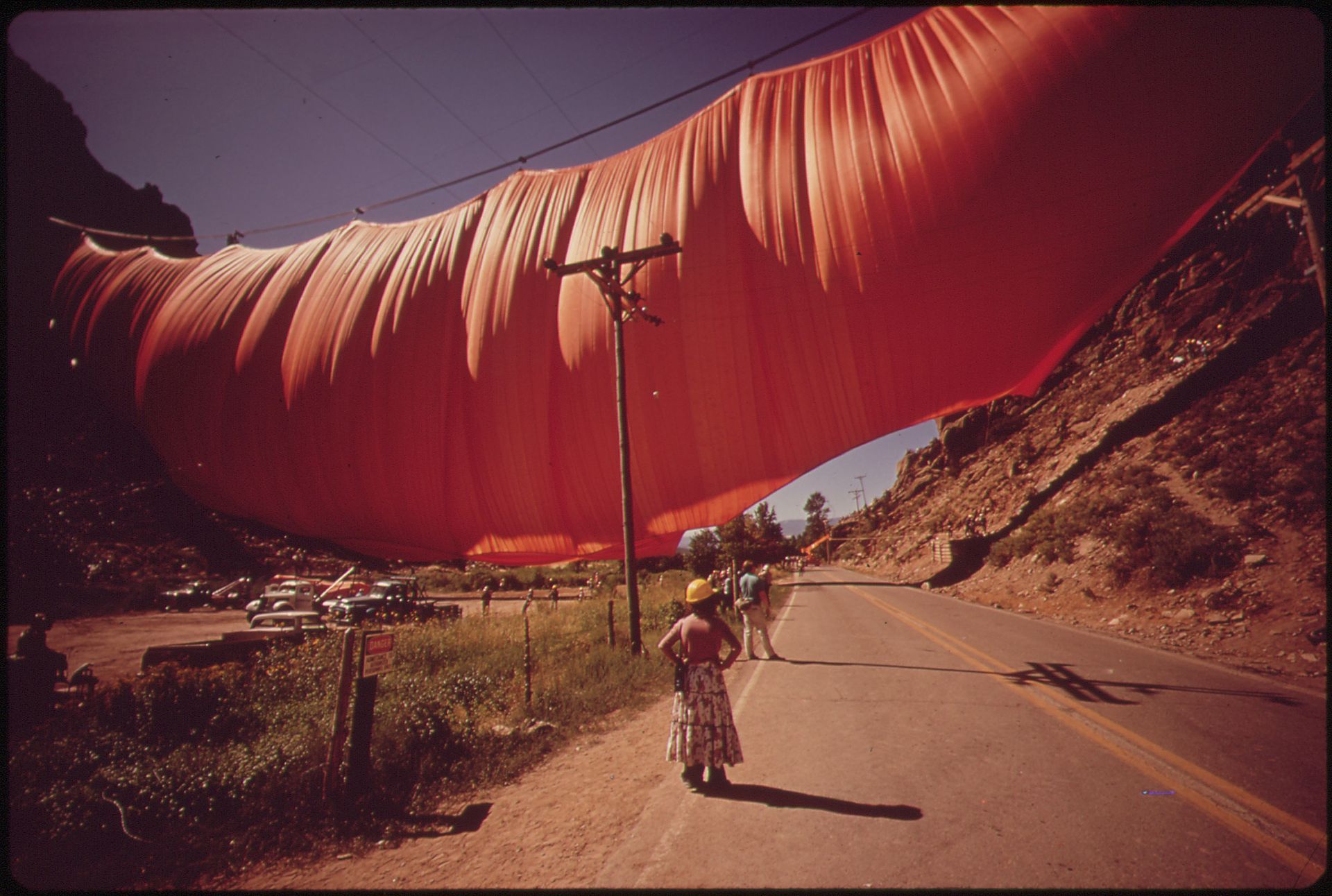
News
By Christiaan Mader, September 29, 2016

While we tend to think of sprawl, decay and decline as primarily urban challenges, rural communities across the country are tackling some of the same basic problems, if at a different scale and in more serene settings. For many smaller towns that anchor rural regions of the country — places like Brookings, SD; Alton, MO; and Rifle, CO — kick-starting struggling economies, keeping new housing development from eroding farmland, or diverting new growth into smarter, safer, more welcoming town centers requires some of the same strategies and vision used by their urban cousins.
Partnering with the U.S. Department of Agriculture’s Rural Development program, SGA has developed strategies and programs — like Planning for Economic and Fiscal Health — designed to assist these communities with smart growth approaches tailored for their context. Recently, SGA went to Alton, Brookings and Rifle to help facilitate ongoing conversations about how they can take advantage of changes in the American economic and cultural landscape.
While varying dramatically in size — from charming, main street Alton with fewer than 900 residents, to bustling Brookings on the South Dakota/Minnesota border, with well over 22,000 — smaller communities are challenged by changing demographics, changes in their workforces and in the American labor market at large.
Many rural communities, like Rifle, have mirrored the same inefficient 20th century development maneuvers taken by urban metro regions, scattering housing and retail inefficiently in single-use zones, stretching along wide and long arterial streets. Despite a fizzle in the region’s energy-based economy, Rifle’s population is expected to grow by 50 percent in the next 20 years. Infill development that includes affordable housing can plug those gaps on the way to creating more vibrant places to support a diverse mix of spaces for shopping, living and working. Long term, this type of development tends to produce greater tax revenue against lower construction and maintenance costs than that of suburban-style development.
Near the one-time site of the Christo and Jeanne-Claude art installation “Valley Curtain” — a gargantuan orange curtain hung, for 28 hours, across a valley in Rifle Gap State Park — Rifle is blessed with the mountain-majesty that has made a Colorado a perennial tourist attraction. Improvements to the downtown can help Rifle capitalize on a potent economic resource: its natural beauty.

Aging populations are a common fact of life across rural American communities, as younger residents are drawn to urban centers, leaving older generations behind. But that doesn’t mean that rural communities should throw in the towel on keeping their younger talent close to home. As SGA and USDA policy experts noted in reports for all three workshops, millennial urbanization is not an irreversible trend.
In the next ten years, Brookings officials estimate that 9,500 employed citizens will retire, leaving a reduced workforce to attract new companies. Coupled with talent lost over the border to opportunities in Minnesota, Brookings’ economic development team is looking to address a housing shortfall and missed business opportunities.
Brookings is anchored economically by South Dakota State University, a source of energy that attracts over 2,000 new students per year. Adding amenities that millennials value, like jobs, retail and entertainment that they can easily reach by bike or foot will help retain those students beyond graduation.
Even the smallest of rural communities can benefit from smart growth development. An Ozark town just north of Arkansas, Alton’s residents profess a rugged sense of self that’s already produced innovative projects, like a town co-op that incubates local food producers and provides a point of sale for regional farmers.
Like Brookings and Rifle, Alton has good bones for smart growth. A traditional street grid extends from the Oregon County courthouse, with plenty of space available for commercial redevelopment on streets that can easily be retrofitted to add more walkable and bikable infrastructure.
Alton’s leaders are looking to fellow Ozark towns for economic collaboration to take prosperous advantage of regional natural assets, like the adventure traffic of the Eleven Point River or the grand expanse of the Mark Twain National Forest.
Towns like Brookings, Alton and Rifle want their main streets to buzz with social and commercial activity. They want places for their kids to walk and play. They want to compete for regional talent to attract younger populations.
Forty percent of millennials polled in a recent study say they would move to a rural community if it were bikable, walkable and provided a compact and convenient way of life. Adding broadband would assure mobile and tech-savvy talent that a move to the country wouldn’t cost them their connectivity. With the solid foundation of their walkable main street grids, rural towns across the country have character and natural beauty to spare, priming them to compete for talent and the job creators that are chasing them.
This work was made possible through a cooperative agreement with the U.S. Department of Agriculture, Rural Development.
For more information on Smart Growth America’s Technical Assistance program and how your community can request assistance from SGA on a variety of land use, development and transportation challenges, please visit this page to learn more.
Workshop Materials:
Related News

© 2025 Smart Growth America. All rights reserved
Site By3Lane Marketing








